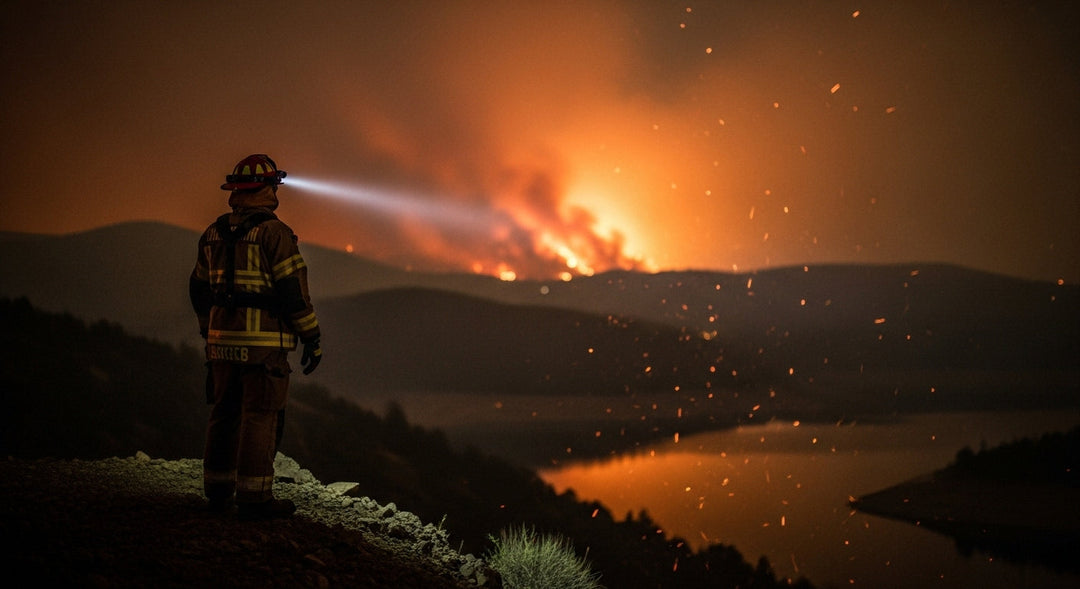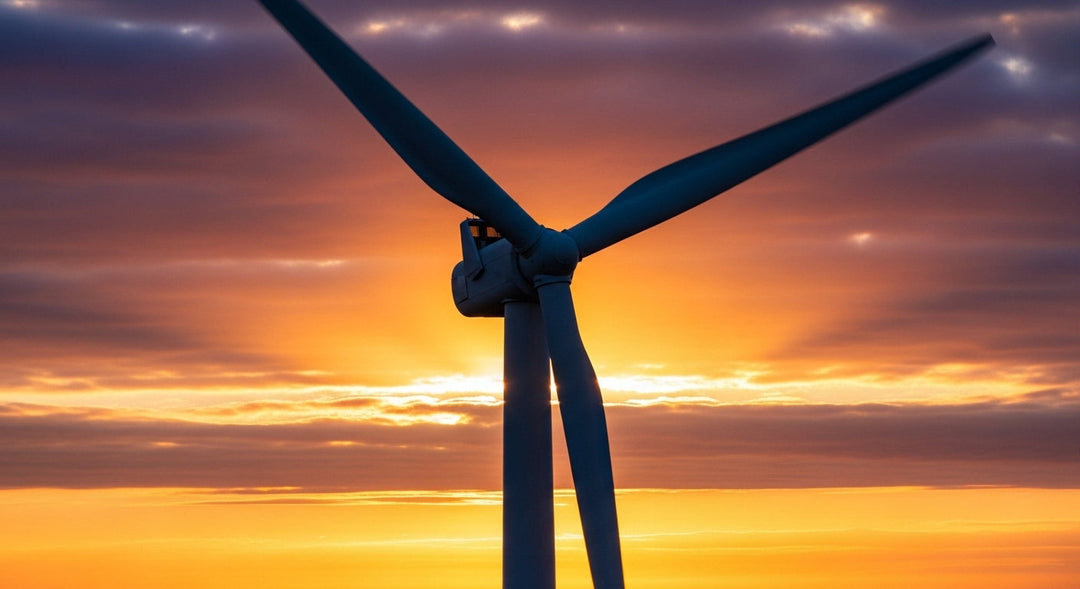The Future of Clean Technology

The International Renewable Energy Agency (IRENA) published a report highlighting the major energy transition funding gap. The report suggested that to meet climate aims globally, there must be a cumulative investment between now and 2030 of $44 trillion, with energy transition technologies representing 80% of the total at roughly $35 trillion.
The acceleration of climate change is driving a wave of innovation, investment, and deployment of clean technologies. Climate change is an urgent and unworkable problem for companies and governments worldwide. We believe innovative technology to reduce carbon emissions is the best option for achieving the energy transition.
Innovation in Climate Technology
The core of climate technology innovation is the development of new products and software that can mitigate or reverse the impact of human activities on the climate. This covers many industries, including renewable energy, energy efficiency, carbon capture and storage (CCS), and emerging technologies such as direct air capture (DAC).
Solar and wind, have seen exponential growth in deployment and cost reductions in the past decade. We expect this trend to continue as advancements in grid storage technologies, such as batteries, increase the reliability and efficiency of renewable energy, allowing for further integration into the energy mix.
Innovations in energy efficiency are also vital. Enhanced smart grid technologies, energy-efficient appliances, and green building practices are reducing demand and contributing to the decarbonization of the economy. Reducing consumption is the most efficient and low-cost way to achieve net zero.
Carbon capture and storage aims to make CCS more cost-effective and widespread, with the potential to retrofit existing power plants and industrial sites that are currently significant emitters of CO2. DAC systems actively remove CO2 from the atmosphere, which can be used or stored safely, making it a good solution for net-zero emissions.
Venture Capital and Climate Investing
Venture capital investment in climate technologies increases as investors recognize this sector's growth. According to the Global Energy Perspectives, the transition to a low-carbon economy will require investments of around $1.5 trillion to $2 trillion per year, presenting substantial opportunities for investors.
Technological advancements require significant capital to move from the research phase to commercial deployment. Here, venture capital plays a crucial role in bridging the 'valley of death'—a critical phase where startups often falter due to a shortage of funding. By investing in startups and new technologies, VCs are accelerating the development and deployment of climate solutions.
Regulatory Policies and the Shift Towards Sustainable Energy
Several countries have released – or are developing – comprehensive climate change strategies and supporting policies to roll out public investment and encourage private financing in clean energy and technologies. In the U.S., the 2022 Inflation Reduction Act (IRA) provides companies with a broad range of fiscal incentives for investing in renewable energy and transition technologies. The IRA offers $394 billion in energy and climate funding, mainly tax credits. The policy is expected to accelerate private sector investment in clean energy, transport, and manufacturing.
The $44 trillion investment gap for the energy transition underscores the critical urgency and substantial opportunity within the cleantech sector. As innovation, policy support, and venture capital converge, there's unprecedented momentum to drive the global shift towards sustainable energy. This offers a strong tailwind for investments in renewable energy, energy efficiency, and carbon reduction technologies.










